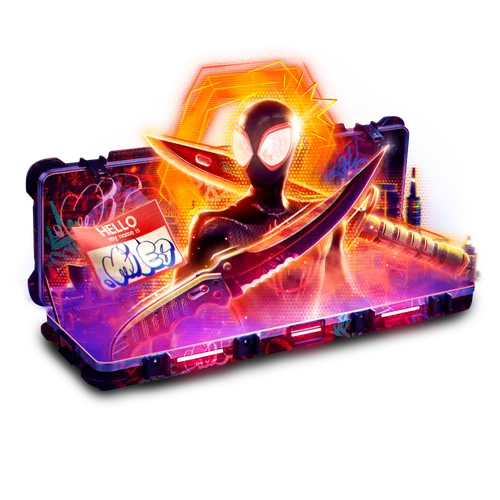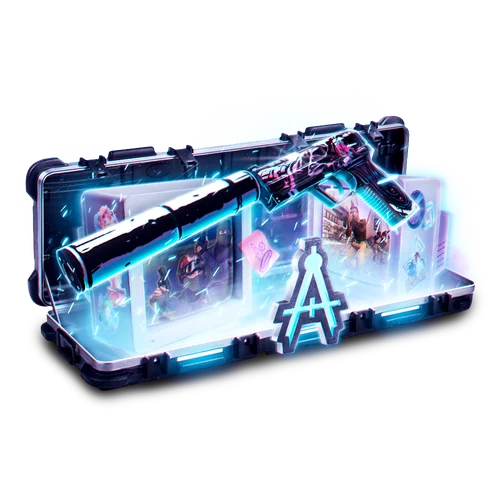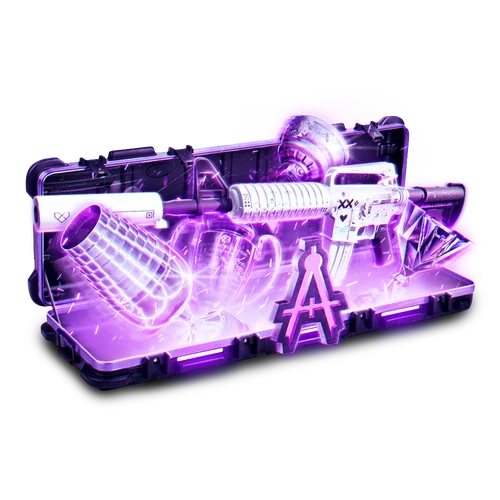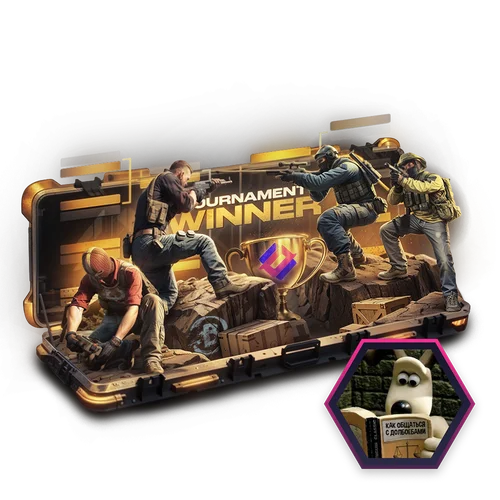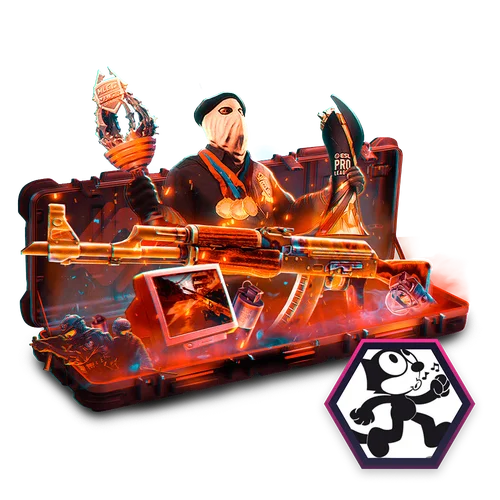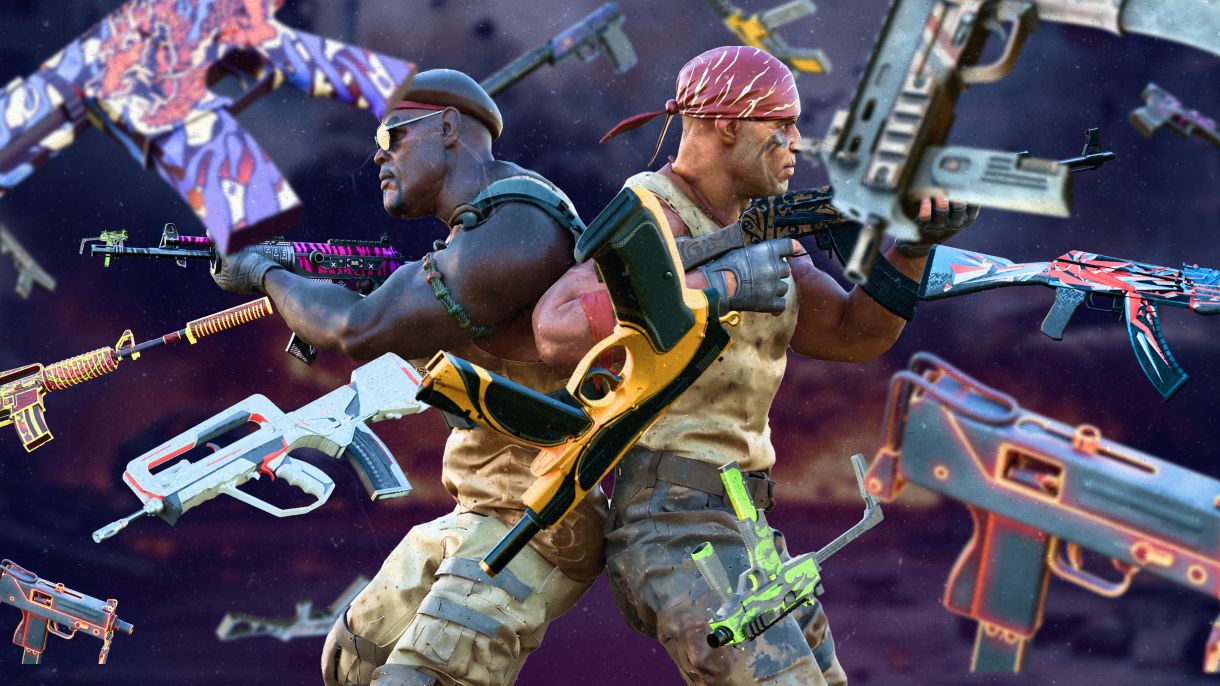For both novice and expert players, it is essential to learn how to maneuver through and become proficient with Counter-Strike 2 Office callouts. The map, set in a winter-themed office complex, offers a blend of tight corridors, open spaces, and strategic points critical for achieving victory. Whether you’re planning an aggressive assault or setting up defenses, understanding and using callouts effectively can significantly enhance your team’s coordination and gameplay. Below is a comprehensive guide to Office callouts in CS2, designed to help players navigate the map more effectively and make informed strategic decisions during play.
Key Areas and Their Strategic Importance
Snowman: A covered sniper spot on the map’s edge, perfect for defensive plays. Control here can limit enemy movement in the exterior areas.
Long Snipe: Offers a long sightline from the Front Yard to the Office. Dominance here is essential for controlling player movement between these areas.
Front Yard: Acts as a central hub for player movement. Controlling this area can disrupt enemy strategies and movements.
Front Dumpster: Provides cover in the Front Yard. It’s a common ambush spot that can catch enemies off-guard during their advance.
Front Office: The main entrance and a critical area for initial encounters. Holding this area can dictate the early game’s pace.
Main Hall: The map’s central corridor, key for movement and map control. Securing this area allows for easier navigation and positioning.
Side Hall: A flanking route that offers a stealthy approach to the Office. It’s crucial for surprise attacks or defensive repositioning.
Long Hall: Connects the Side Hall with the main areas. Control here is vital for maintaining strategic flexibility and movement.
Paper: A dense cubicle area that is the battleground for close-quarters combat. Dominance in Paper can disrupt enemy plans and movements.
Projector: Contains key visual equipment and is often used as a defensive stronghold. Securing this room can be pivotal for team strategies.
Kitchen: A close-quarters area that’s crucial for side control. Holding Kitchen can prevent enemy flanking and control critical map paths.
Garage Yard: Provides external access to the Garage, crucial for flanking and strategic positioning. Mastery here allows for unexpected assault routes.
CT Spawn: The starting point for Counter-Terrorists, where early game strategies are formed. Defending this area is crucial for maintaining control over the game’s flow.
T Spawn: The Terrorists’ starting area, essential for launching attacks. Strategies often revolve around this area to initiate offensive plays.
Garage: An indoor parking area important for defense and offensive setups. Control over the Garage can lead to successful assaults or robust defenses.
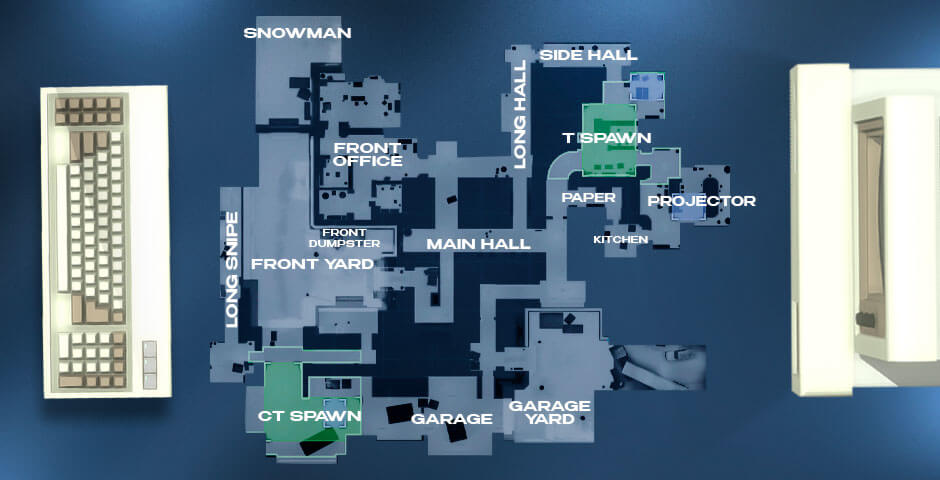
Most Important Callouts for Strategic Plays
Front Office: Key for initial skirmishes and defensive setups. Controlling this area sets the tone for the early game.
Long Snipe: A sniper’s stronghold. Dominating this sightline can dictate the tempo and outcome of engagements.
Paper: Known for its intense close-quarters battles. Control over Paper can disrupt enemy movement and strategies.
Projector: A strategic gathering point. Holding this room is crucial for pivotal plays and round-winning strategies.
Garage Yard: Mastery of this area allows for innovative flanking strategies, crucial for breaking through enemy defenses.
Main Hall: Controlling this central corridor is essential for map control and fluid team movement.
Side Hall: Ideal for stealthy approaches and surprise attacks, making it a critical path for tactical maneuvers.
Kitchen: A vital area for ambushes and control, offering multiple entry points for strategic plays.
CT Spawn: Defending this zone is key to preventing enemy dominance and maintaining control over the game’s pace.
T Spawn: Central to offensive strategies, making it crucial for initiating successful attacks.
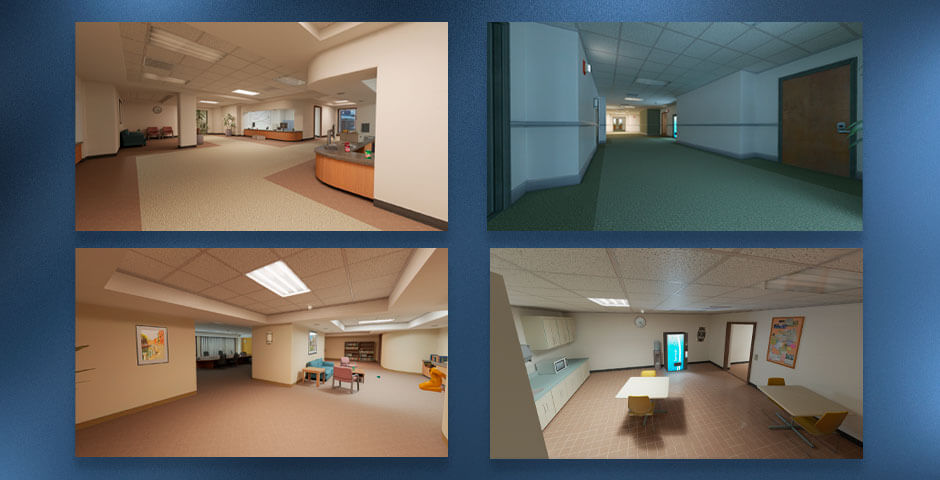
Advanced Strategies per Callout
Snowman
- Role Focus: Sniper/Defender. Use this spot to provide overwatch. Having a player with quick reflexes here can deter enemy movements and provide critical intel to teammates.
- Tactical Tip: Rotate a defender between Snowman and Garage Yard to keep the enemy guessing and to cover multiple attack paths.
Long Snipe
- Role Focus: Sniper. Dominance in this area requires precision and patience. Snipers should communicate with scouts for enemy positioning.
- Tactical Tip: Utilize smoke grenades to obscure vision temporarily, allowing for safe passage or a strategic reposition.
Front Office
- Role Focus: Entry Fragger/Defender. This area is crucial for early engagements. Fast-paced, aggressive plays can catch the opposing team off-guard.
- Tactical Tip: Flashbangs and molotovs are essential here for clearing out or holding positions.
Paper
- Role Focus: Close-Quarters Specialist. This cluttered environment suits shotguns or SMGs. Agility and spatial awareness are key.
- Tactical Tip: Use the cubicles for cover and as a means to create unpredictable movement patterns, confusing the enemy.
Projector
- Role Focus: Strategist/Team Leader. Given its importance for defense, the player leading the charge should have a good overview of team positioning.
- Tactical Tip: This room can serve as a fallback point, so keep the entrance covered with traps or a dedicated guard.
Kitchen
- Role Focus: Ambusher. Perfect for players who excel in close-quarters combat and can react swiftly to enemy movements.
- Tactical Tip: Control of Kitchen offers several strategic advantages, including access to multiple attack routes. Utilize sound cues to anticipate enemy movement.
Main Hall & Side Hall
- Role Focus: Roamer. These areas require players that are good at moving silently and quickly, able to provide support where needed or catch enemies by surprise.
- Tactical Tip: Roamers should use these halls to gather intel, flank enemies, and create pressure points on the map to distract or split the enemy team.
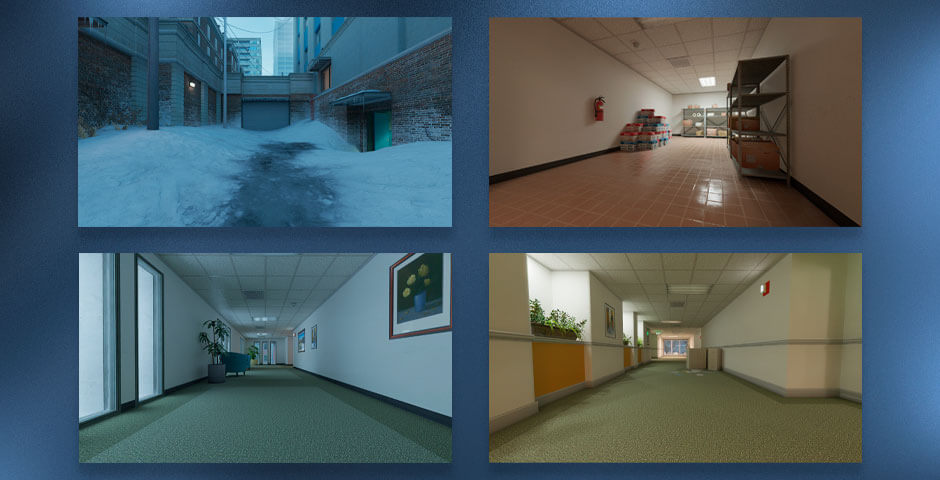
Mastering Office: The Ultimate Strategy Guide Through Effective Callouts
In Counter-Strike 2, mastering the map Office requires more than just weaponry proficiency or individual talent; it also requires a thorough understanding of the geography, efficient use of callouts, and teamwork in executing strategies. By providing in-depth explanations of each important location of the map, roles specifically designed for those spots, and sophisticated strategies that take into account psychological warfare, environmental dynamics, and the value of effective communication, the guide seeks to improve your gaming. Whether you’re defending as Counter-Terrorists or strategizing an attack as Terrorists, the key to dominating Office lies in the precise application of office callouts. Through the integration of these methods, the improvement of team coordination, and the adaptation to the dynamic gameplay, players can achieve notable success and performance gains on any map in Counter-Strike 2.































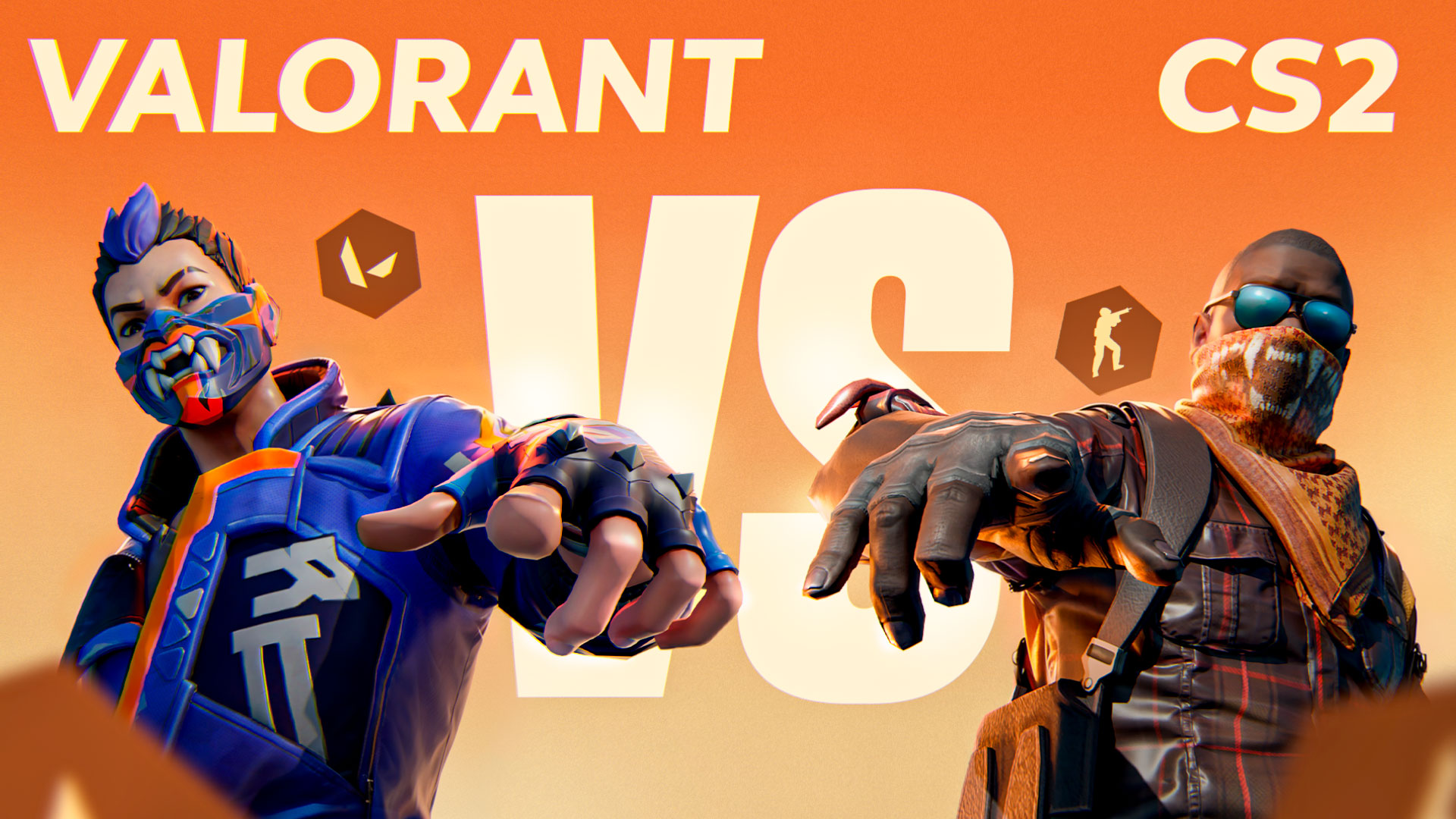
![How to Get Cases in CS2: Ultimate Guide [2024]](https://front.stage.jamson-sc.dev/community/wp-content/uploads/2024/08/Main-x-Name-32.jpg)

